Textiles & Rugs
Persian carpets come from Iran, which was officially called Persia until 1934.
The centuries-old tradition led to the fact that the name for the carpets remained the same despite the changed country name. No carpet-producing region in the world can look back on a crafts tradition as long as that of Iran. The skill and experience of the carpet weavers is reflected in the fineness and durability of the carpets and enjoys an excellent reputation all over the world.
The carpets are distinguished by their region and knotting density. Well-known provenances for very fine Persian carpets include Nain, Isfahan and Tabriz. In addition to the well-known regions, there are a number of others that are perhaps less known, but not necessarily of inferior quality. Even today, each of these regions stills brings characteristics of a certain style to its type of rug. For example, carpets from Moud (Mud) are known either for their garden motifs or their so-called Herati pattern. Also regions like Kerman, Kashan or Bidjar are known to most of those who have already dealt with Persian rugs.

Iran is one of the largest countries in the Middle East, linking East and West. Especially in earlier times it was connected by the Silk Road to both ends of the then known world. Persian carpets are also a bridge between the two cultural areas, and are often found in Western institutions. Due to this fact, not only traditional patterns are knotted, but also modern designs that are used in the world’s metropolitan areas and that enjoy great popularity.
Showing 1–12 of 14 results
-
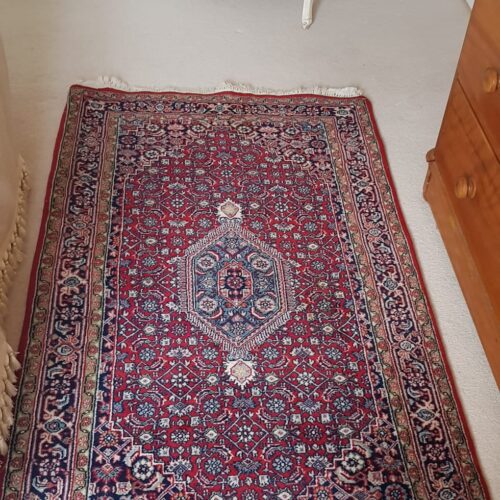 £320.00 Add to basket
£320.00 Add to basketBidjar
-
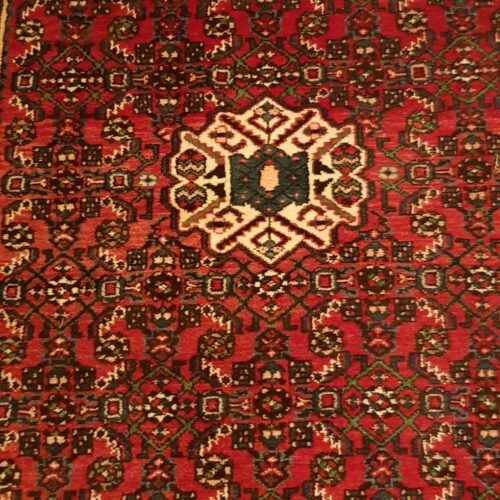 £245.00 Add to basket
£245.00 Add to basketHamadan
-
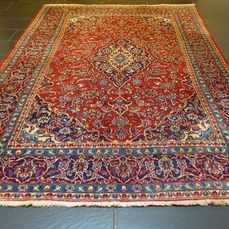 £420.00 Add to basket
£420.00 Add to basketKashan – Late 20th Century
-
 £225.00 Add to basket
£225.00 Add to basketMazleghan
-
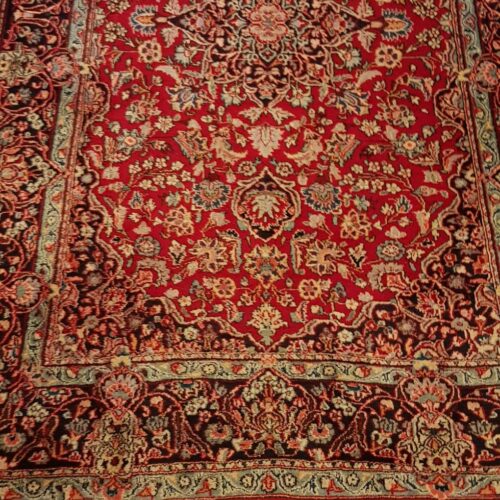 £355.00 Add to basket
£355.00 Add to basketMeschad Fein
-
 £699.00 Add to basket
£699.00 Add to basketPerser Bakhtiari – Second half 20th Century
-
 £395.00 Add to basket
£395.00 Add to basketPerser sarough
-
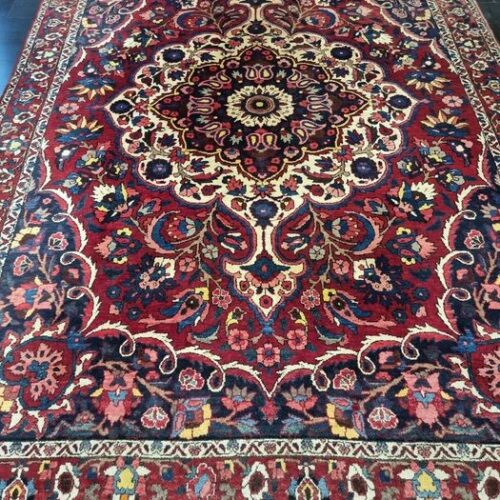 £699.00 Add to basket
£699.00 Add to basketPersian Bakhtiari – Second half 20th Century.
-
 £175.00 Add to basket
£175.00 Add to basketPERSIAN RUG
-
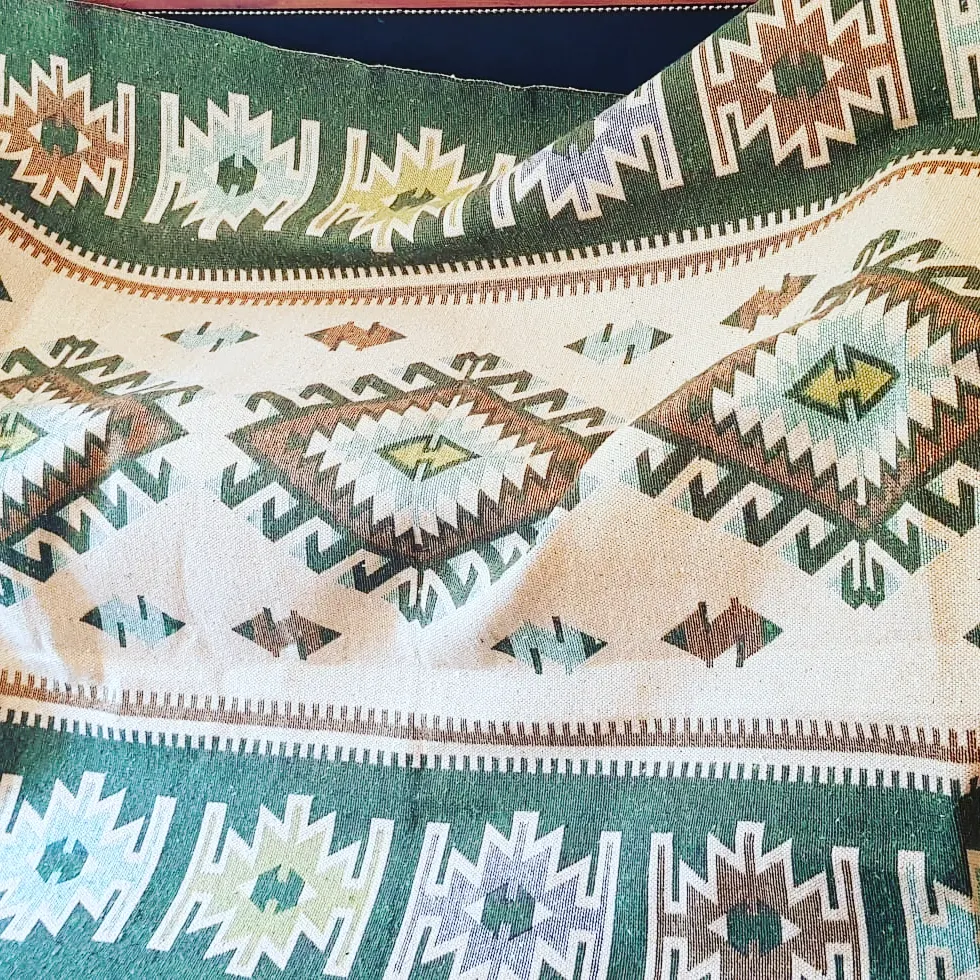 £225.00 Add to basket
£225.00 Add to basketREVISBLE AFGHAN KELIM RUG
-
Sold Out
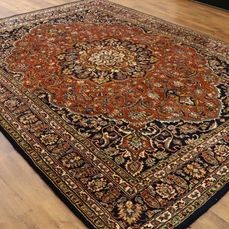 £895.00 Read more
£895.00 Read moreTabriz
-
 £750.00 Add to basket
£750.00 Add to basketTabriz
